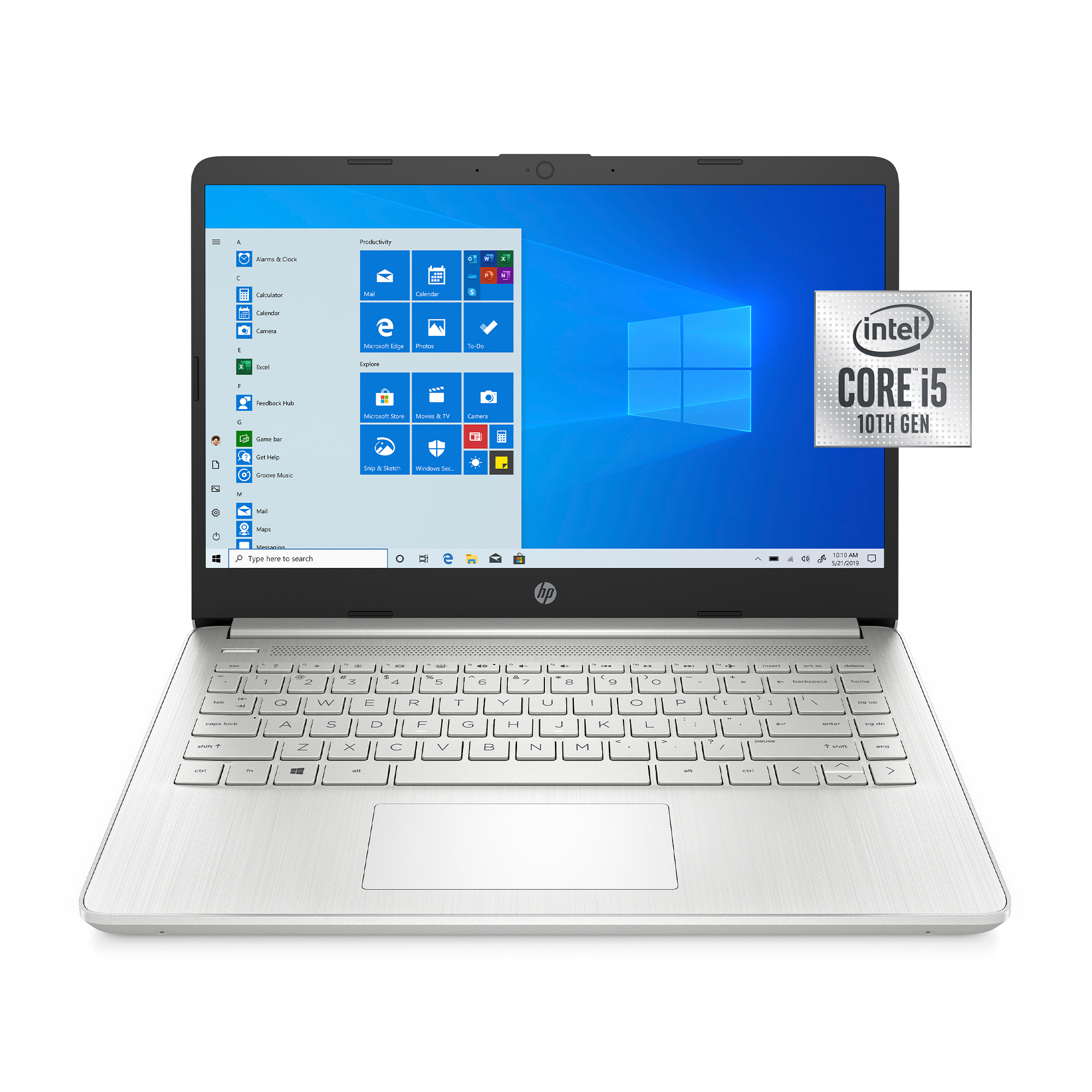HP Spectre x360 Convertible Laptop Convertible 13-aw2004nr|Intel Core i7 11th Gen|512 GB SSD|Intel Iris Xแต Graphics|16 GB LPDDR4|13.3″ Display
Windows 10 Home 64. 11th Generation Intel® Core™ i7 processor. Intel® Iris® Xᵉ Graphics. 16 GB memory; 512 GB SSD storage. 13.3″ diagonal 4K UHD touch display.
See more and do more with the high definition, near-borderless display on the ultra-compact Spectre x360. Long battery life lets you power through work and play while innovative privacy features give greater peace of mind wherever you are.
Work all day. Binge watch all night.
Work hard and play harder with a long battery life. Binge watch your favorite shows and stay connected with Gigabit WiFi connectivity.
Uncompromising power to fuel your passions
Experience incredible speed for editing and streaming videos in a snap with the powerful Intel® Core™ processor. Enjoy the exceptional view on the nearly borderless, high definition display with Corning® Gorilla® Glass NBT™.
Designed to ease your mind
Packed with security features to bring you peace of mind, protect yourself with the unhackable Webcam kill switch and microphone mute button that you can quickly activate and know it’s on or off with a LED indicator.
Additional information
| Dimensions (W X D X H) | 12.08 x 7.66 x 0.67 in |
|---|---|
| Weight | 2.8 lb |
| Software included | McAfee LiveSafe™ |






by Dharmin
I think laptop is awesome. But there is issue with heating because fan is below side.
by Calder
Excellent purchase! At its price point this laptop is a very good choice that far exceeds apple comparisons.
by Rob
I’m really thrilled with this purchase. As someone that works with graphics and photos, I was looking for a powerful processor, lots of storage and quite a bit of working memory. At the same time i wanted a small, lightweight device that I could travel with, I have separate large screens while working. This laptop is ideal, and maybe even stylish. Fantastic display – that won me over, along with high build quality and the ability to use a pencil – not something I was looking for but a found feature that I use more and more
by kirk
Overall, I’ve loved this machine. It’s got the power I need to work and play. The two main complaints I have are:
– I was really excited about the facial recognition security feature, but any time I tried to lock my screen before I could get up (to use the bathroom for example) it would see my face and log me back in. So I ended up having to disable the feature because it just works too quickly and I didn’t want to have get up and hide off screen before being able to lock my screen.
– Second is the main USB C port in the corner port. because of the odd angle, it feels a bit flimsy to me. Nothing has broken yet, but I have some concerns about the longevity of the male and female end of that connection because the cord is always putting pressure in one direction or another.